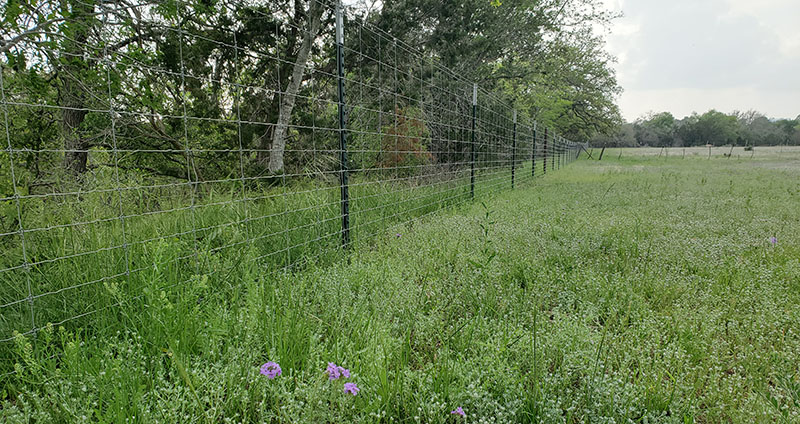 April 3, 2024–Edges and spaces are where the important things hide.
April 3, 2024–Edges and spaces are where the important things hide.
I first noticed the significance of edges as a boy growing up on a farm. The Midwest topography is a quilt of corn fields and beans. When you stand in the middle of a sea of soybeans and turn a circle, every view is exactly the same. Like the state itself, culturally, its fields are concentrations of homogeneity. Farmers paid us to pull out any invading species of plant in order to maintain that order.
But when you approached the edge of the field, the diversity of life exploded. Fence lines are where pheasants hid, birds nested, and multi-flora roses bloomed.
I learned that life was on the edges.
Another familiar boyhood frontier was along the creek. These hidden streams twisted through timber, winding between steep dirt banks and under overhanging vines. There we found frogs, fish, snails, and other slithery creatures to slide down Susie’s sweater. Wherever you grew up, you haunted similar scenes. They may have been ponds, swamps, or drainage ditches, but kids knew where slimy life thrived. Then there was the seashore, where life literally emerged, with creatures crawling out of the salty depths.
Edges also exist in the social order. I’ve often observed that one of the attractions of living in the Texas Hill Country is the vibrant mix of cultures. Spend a day at Luckenbach or any beer garden, and you’ll hear and taste a combination of music and food inspired by the cultural cache of cowboys, hippies, Native Americans, Hispanics, and Germans. There’s a reason art, literature, science, and religion flourished at international seaports.
There is another place where beauty, mystery, and art live–in the spaces between things.
This occurred to me after playing a string concert. Our conductor was always reminding us to breathe. It doesn’t matter what instrument you play. The difference between a beginner and a pro is the attention given to the spaces between notes.
The power is in the rests. The music is in the silences.
To help a non-musician understand this, imagine listening to your favorite piece of music with all the rests removed. The notes would all be jammed up against each other. The Minute Waltz would be over in a minute. Every song would be like the sound your dial-up modem made in 1995–a cacophony of random pitches crowding out the prior note.
Look in any field. In art, the white space defines the graphics.
In conversation, thought only happens during pauses. Did you ever have a conversation with someone who never takes a breath? It’s draining.
The enjoyment of a gourmet meal is enhanced by a palate cleanse between every course.
On a larger scale, we would not survive without “the space between.” One-third of our day is spent in sleep.
The takeaway?
Sometimes, it is just okay to not feel the need to fill up empty spaces. More accurately, to be comfortable with existing in the gap between idea and action.
Often, we fear emptiness and silence. We rush to flood those spaces. We end up reacting, rather than responding. But everything important will get done. It always has. Every note will be played, every story will be written, every magnum opus will be completed.
If we just keep breathing in the space between.